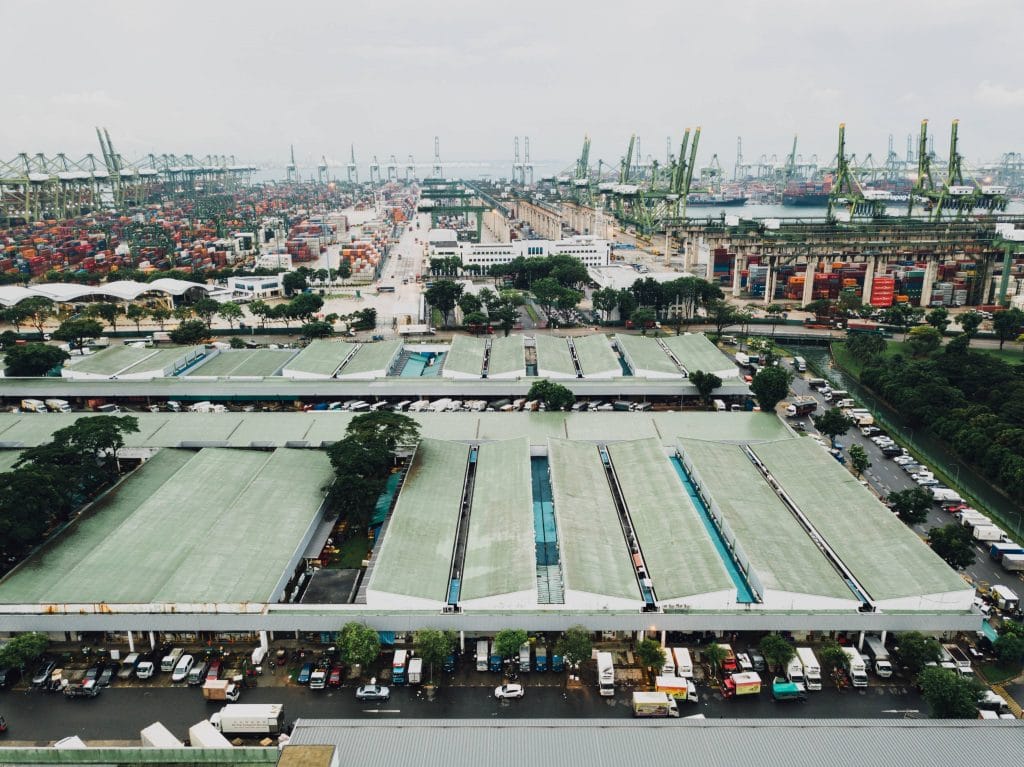Many people may already be thinking that quality assurance and quality control are the same thing, and while they do ensure the same results, there are slight differences between the two. In fact, anyone within the construction industry that uses one over the other will find that their results, as well as their desired quality, is lacking substantially.
Both quality assurance and quality control fall under a quality management process, which outlines how processes, practices, and procedures are completed to ensure that the quality requirement is met or hopefully exceeded. Those areas are routinely checked in two different ways to ensure that everything is going smoothly and that expectations are being met.
Part one of the quality management process is the quality control plan, which determines how the quality control of each project is managed. A document should be drafted that states who is in charge of which quality standards as well as how each person is going to accomplish their tasks. This will define all the procedures and practices that will be followed, as well as contingency plans when something goes awry.
The quality assurance process comes after the quality control plan, and this is where the plan is put into place with actionable work. During this process, those who are responsible for the quality control will find themselves performing inspections at different times, writing reports of their findings, and delivering those reports and other issues to the people who need to review them. The responsible parties will also follow up on all this correspondence to ensure that any necessary corrective measures have been taken.
This can be a lot of work, because there are a lot of different workers on construction job sites, and the person responsible for the quality control must keep an eye on the work that is completed by each individual. They also need to be well versed in what materials are being used, and spot when lower quality materials are used in an effort to save money.
That means that the quality control person needs to be up to date with all the local codes and can spot issues before they get out of control. They are also responsible for testing materials to ensure that they meet the local codes and documenting the results.
It is important for a person in this role to document everything that they do, see, and say, as they can use that as their backup for when an issue occurs in the future.
After all, all the planning in the world as well as every individual decision that is made before and during the construction of a building is not foolproof. Issues can still present themselves, no matter how many contingency plans were put in place ahead of time.
While some quality control issues are easy to spot, like a missing tile or unfinished electrical outlet, others are often missed numerous times before they are seen. Those issues may include something crazy like the spacing between screws or nails or a wire that is fed down into a wall the wrong way. There are times when issues like those make seem inconsequential, but the results can sometimes be devastating in the future. Incorrect spacing can mean that something can collapse without warning, while in the case with the electrical wire, a fire could spark and cause the building to burn down.
A quality control person will find that they are busy from the second the pre-design stage starts all the way through the pre-construction design stage, finding the suppliers and materials stage, the actual construction stage, and finally the post-construction stage. Each step has its own requirements and the quality control success of each stage will allow the next stage to continue with fewer problems.
The pre-design stage is normally the busiest, as that is where the requirements of the building will be researched, the items that need inspections will be noted, and any confusion will be communicated and resolved.
While the above stage is mainly quality assurance, the pre-construction design phase is all about the quality control. This is when all designs, materials, and revisions will be signed off on and everyone is given the go ahead to begin the project.
Hopefully the suppliers that are hired for the project deliver the materials that they say that they will, but the person responsible for the quality of those materials will need to make sure that they are getting what they are supposed to. There have been many instances when a supplier has delivered an inferior product, in hopes to sneak it through, so that they can turn a larger profit.
Inspections are completed throughout the construction process, and everything is documented. After the construction phase is complete, more inspections will be completed, in case something was missed during the construction.
Everyone in construction will want to combine their usage of quality assurance with their quality control, so that they can ensure that they are meeting the standards that are required of them.




